- 92 Days
- 09 Hours
- 27 Minutes
- 40 Seconds
MUST-SEE
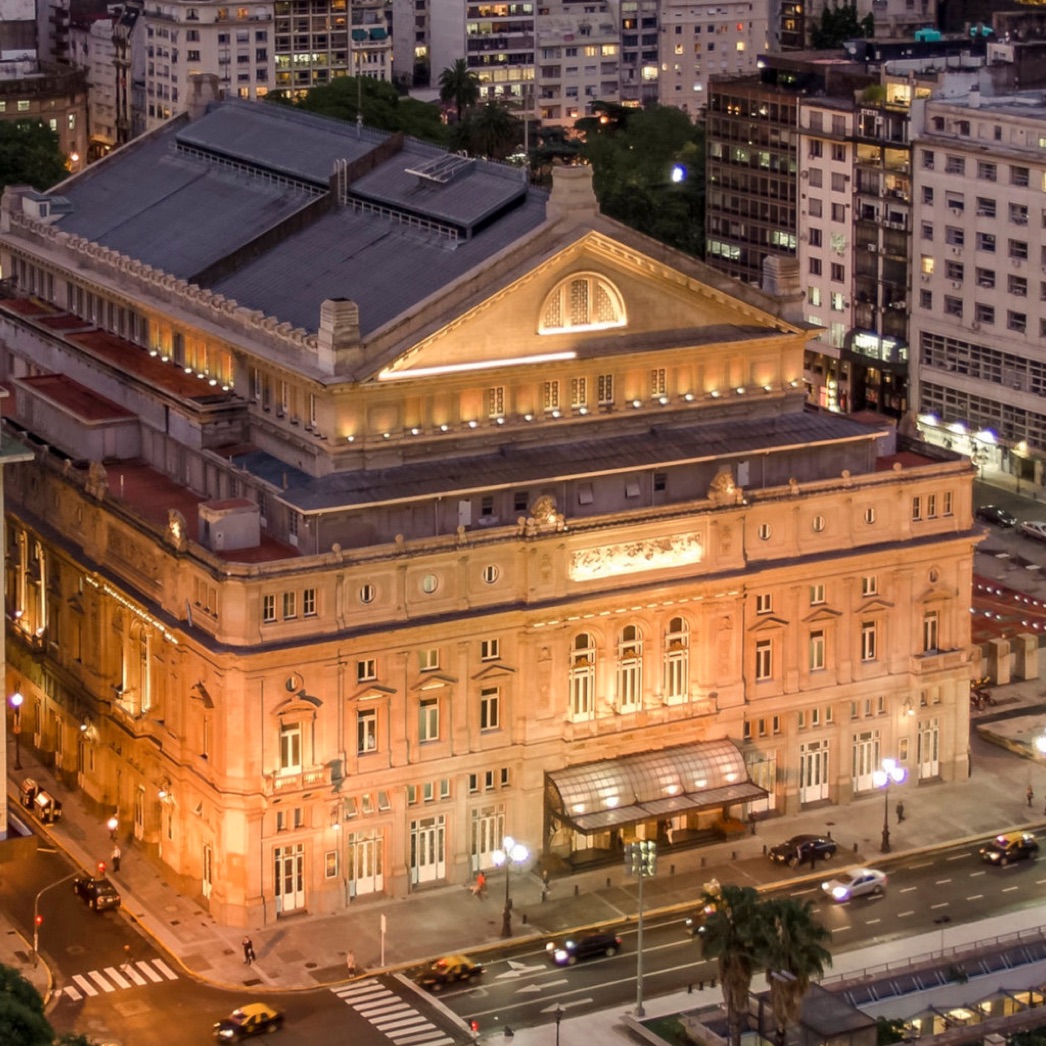
The places you really shouldn’t miss on a visit to Buenos Aires City.
Teatro Colón
In existence for more than a century, you won’t want to miss one of the world’s most majestic opera houses, acclaimed for its architecture and acoustics.
Casa Rosada
Dominating the Plaza de Mayo, the Casa Rosada – or pink house – is the seat of the Argentine national government and houses the president’s office.
El Ateneo Grand Splendid bookstore
A former theatre, the Grand Splendid is one of the world’s most beautiful bookstores.
El Obelisco (The Obelisk)
This is one of the city’s most iconic landmarks, built to mark the city’s 400th anniversary.
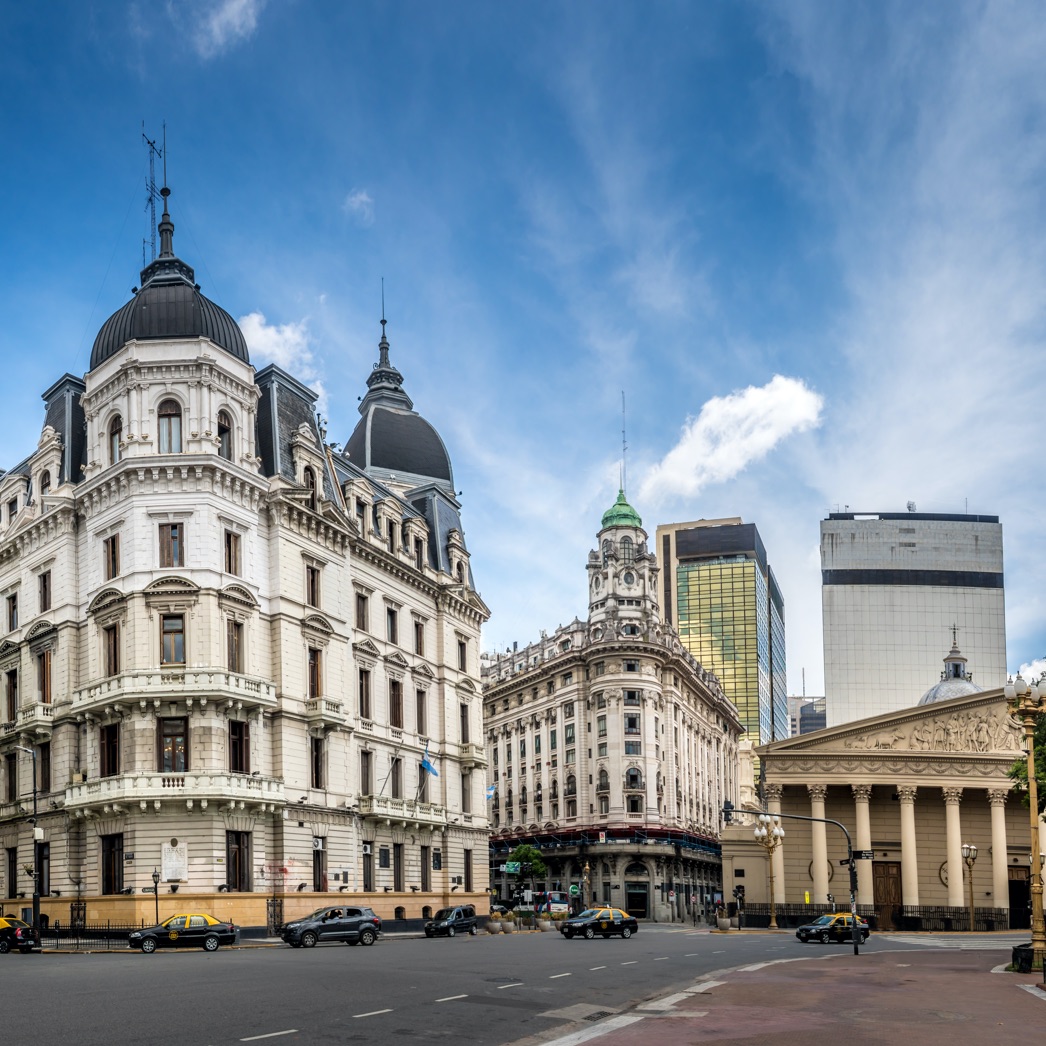
Metropolitan Cathedral
Facing the Plaza de Mayo, the Metropolitan Cathedral is the Catholic Church’s main site in Argentina, and is where Pope Francis, as Archbishop Jorge Bergoglio, used to perform mass before assuming office in the Vatican in 2013.
Boca Juniors’ (La Bombonera) stadium
Boca Juniors, located in the neighborhood of La Boca, is, along with River Plate, the most popular soccer club in Argentina. It was there where Diego Maradona played his last game before retiring from football for good. The stadium, known as “La Bombonera”, was inaugurated in 1940 and has a horseshoe-shaped structure, with three superimposed trays and a steep angle of inclination that resembles a box of chocolates. The few meters that separate the field from the stands allow a great proximity between the spectators and the game, which makes the impact of attending a football match there a unique experience. La Bombonera has murals painted on its exterior and a special one, the work of the renowned painter Quinquela Martín, which is located in the entrance hall.
The Cabildo
This colonial town city hall dates back to 1580.
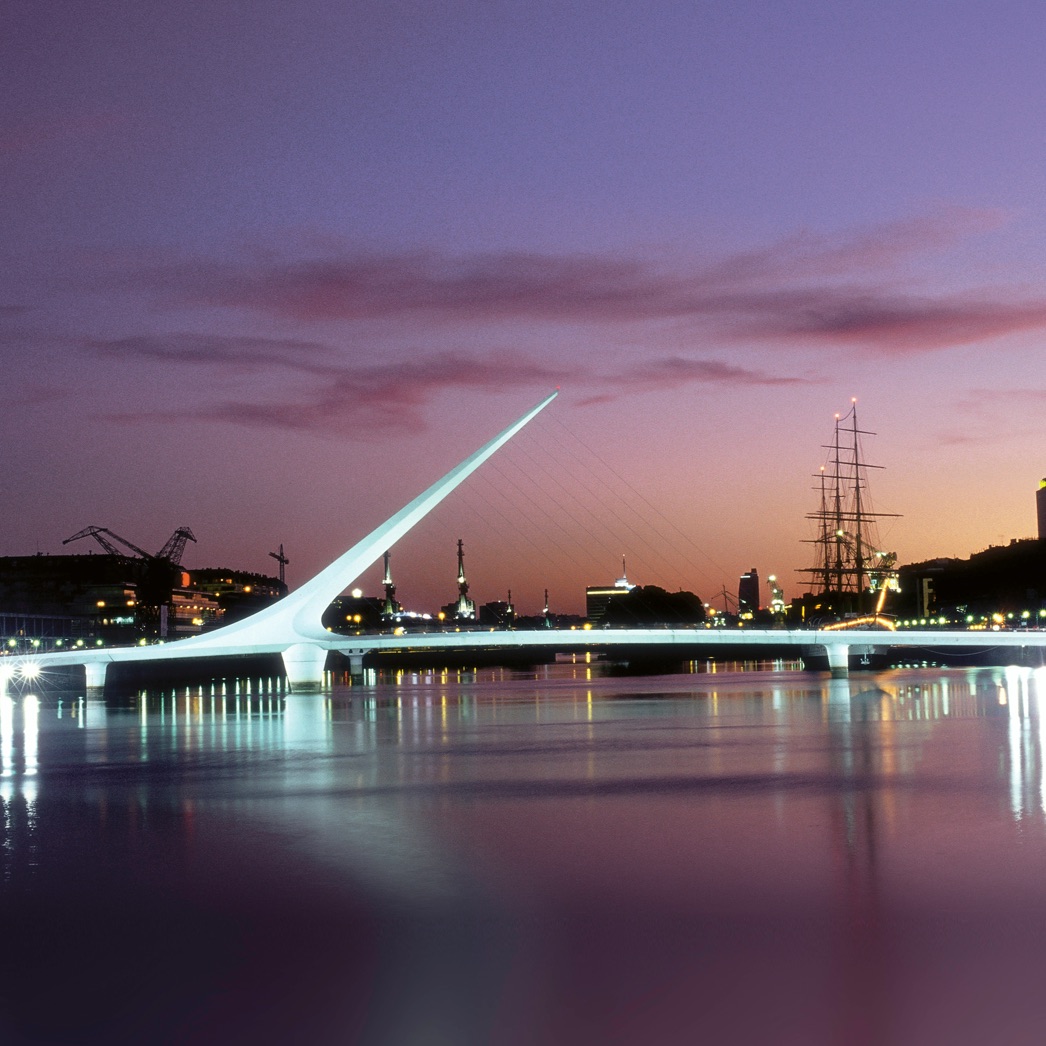
Puente de la Mujer
El Puente de la Mujer (Women’s Bridge) is one of the most famous landmarks in the neighbourhood of Puerto Madero. The bridge represents a couple dancing tango, with the white mast symbolising the man and the curve of the bridge, the woman.
River Plate Stadium
El Monumental, as the Club River Plate stadium is known, is one of the most important playing fields in South America and the one with the largest capacity in Argentina (76,000 spectators). It’s there that the Argentine National Team usually plays its official matches in the country. The playing field, located on the border between the neighborhoods of Belgrano and Núñez, was inaugurated in 1938 and its last remodeling and expansion was carried out in 1978, when Argentina hosted the World Soccer Championship, a contest that it wonin the finals at the stadium.
Malba Museum
The Latin American Art Museum of Buenos Aires (Malba) receives over a million visitors annually. It also hosts a cultural center, which stages art and film exhibitions and develops cultural activities.
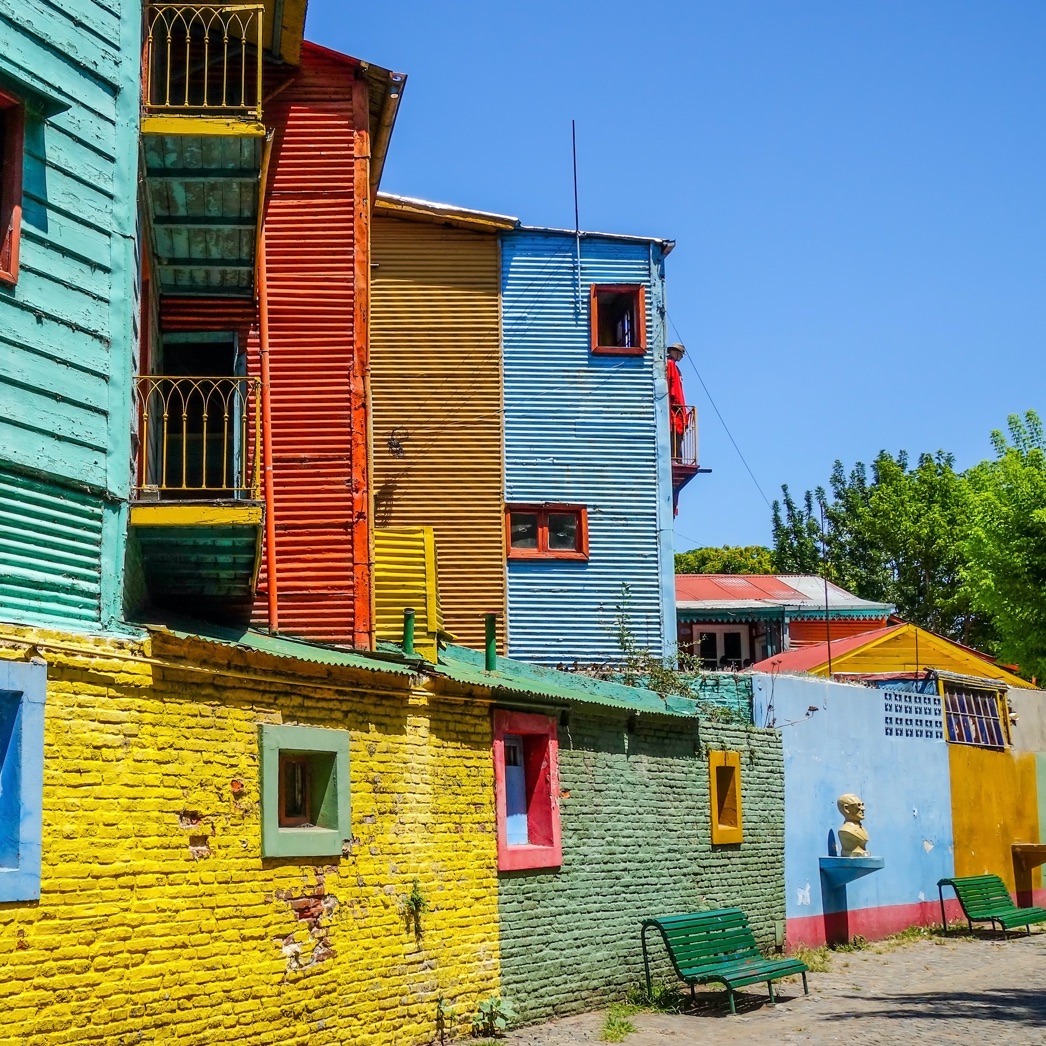
Caminito
Located in La boca, the Caminito (little path, in Spanish) is a street museum of colourful painted houses typical of the immigrant dwellings that came to characterise this portside area towards the end of the 19th and start of the 20th century.
Rosedal (Palermo Rose Garden)
Located within the Palermo neighbourhood’s Parque Tres de Febrero, one of the most popular parks in the city, this pretty garden boasts a collection of more than 18,000 roses surrounded by a lake and acres of parkland. The rose garden) is more than a century old and has received the international Garden Excellence Award from the World Federation of Rose Societies.
Reserva Ecológica (Ecological Reserve)
Covering 350 hectares, the Costanera Sur Ecological Reserve is the biggest and most biodiverse green space in the city of Buenos Aires. Despite its proximity to the busy downtown area, with the skyscrapers of Puerto Madero in plain sight, it’s a remarkably tranquil oasis of calm, and a haven for wildlife. The more than 2,000 species of flora and fauna that live in the reserve include lizards, turtles, coypus, and up to 340 species of birds. It is not uncommon to spot more than 50 different species of birds in just a two-hour visit.
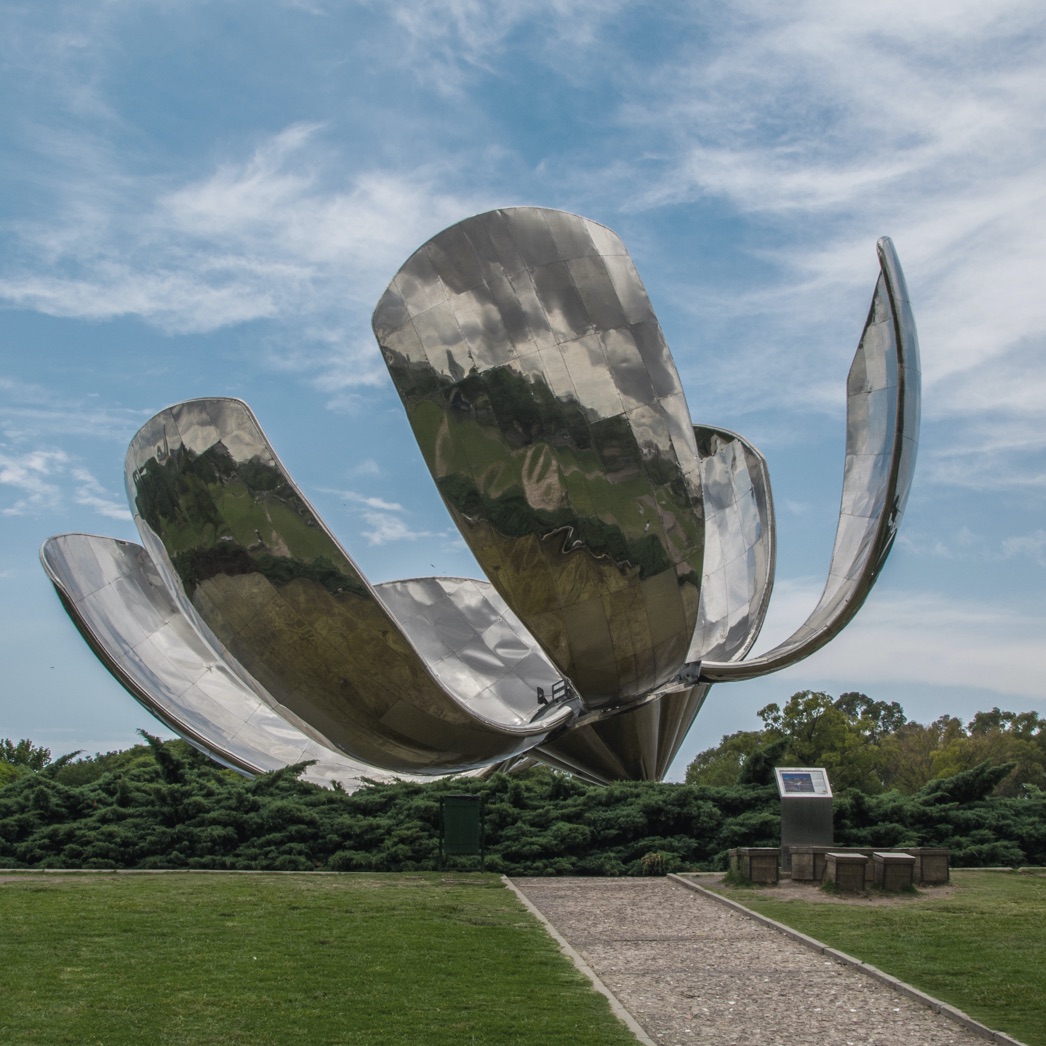
Floralis Genérica
Named “Floralis Genérica” in homage to all flowers, this 20m-high, 18-tonne aluminium and stainless steel sculpture dominates the Plaza de las Naciones Unidas. Unveiled in the year 2002, it was probably the world’s first mobile public sculpture to be controlled by hydraulics and photoelectric sensors. It was donated to the city of Buenos Aires by its creator, the Argentine architect Eduardo Catalano, who, in this piece, realized his dream of creating a sculpture that would reflect the dynamism of time.
Museo Nacional de Bellas Artes (Fine Arts Museum)
View one of the best art collections in Latin America, including the largest collection of Argentine art around.
Feria de Mataderos
Located opposite the old Mercado Nacional de Hacienda (National Livestock Market, where cattle arrived from the Pampas to be checked and sold for consumption), the market attracts around 15,000 people every weekend with up to 700 stands selling gaucho crafts like mates, ponchos, blankets, and silver and leather goods.
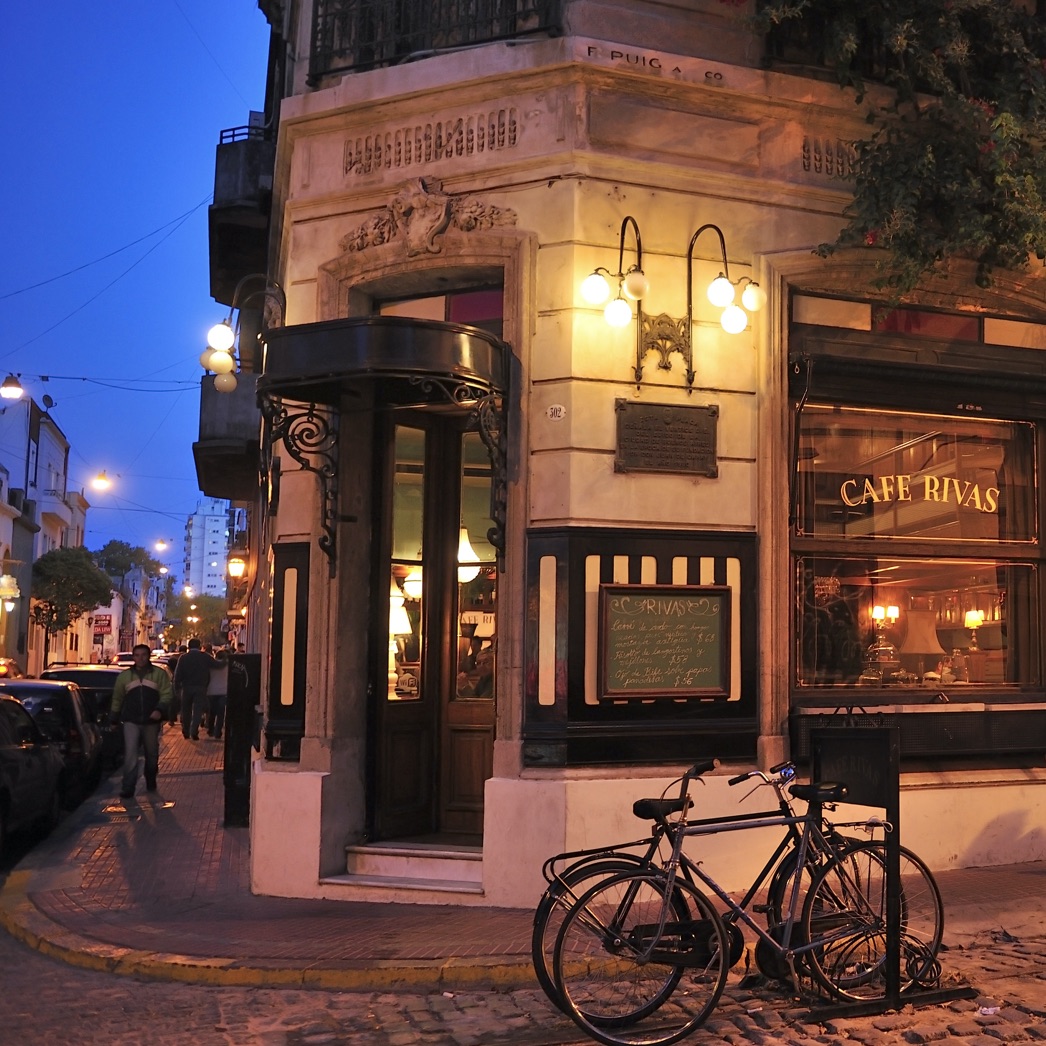
Plaza Dorrego
Surrounded by bars and cafes, Plaza Dorrego is the historic square in the heart of the San Telmo neighbourhood. Every Sunday, the square is the focal point for a bustling arts and antiques fair that has something of a carnival atmosphere. Almost 300 antiques sellers set up shop in the square and along Calle Defensa, offering a mix of old furnishings and ornaments – some that belonged to the historic mansions in the area – plus old advertising signs, vinyl records, soda siphons, musical instruments, clocks, and more.
Galerias Pacifico
Galerías Pacífico is one of the city’s most opulent shopping centres, and many people visit just to see its installations and its dome, which is painted with murals by Argentine artists Antonio Berni, Lino Enea Spilimbergo, Demetrio Urruchúa, and Juan Carlos Castagnino. The building was converted into a shopping centre in 1990 and has been declared a national historic monument because of its architectural importance.
